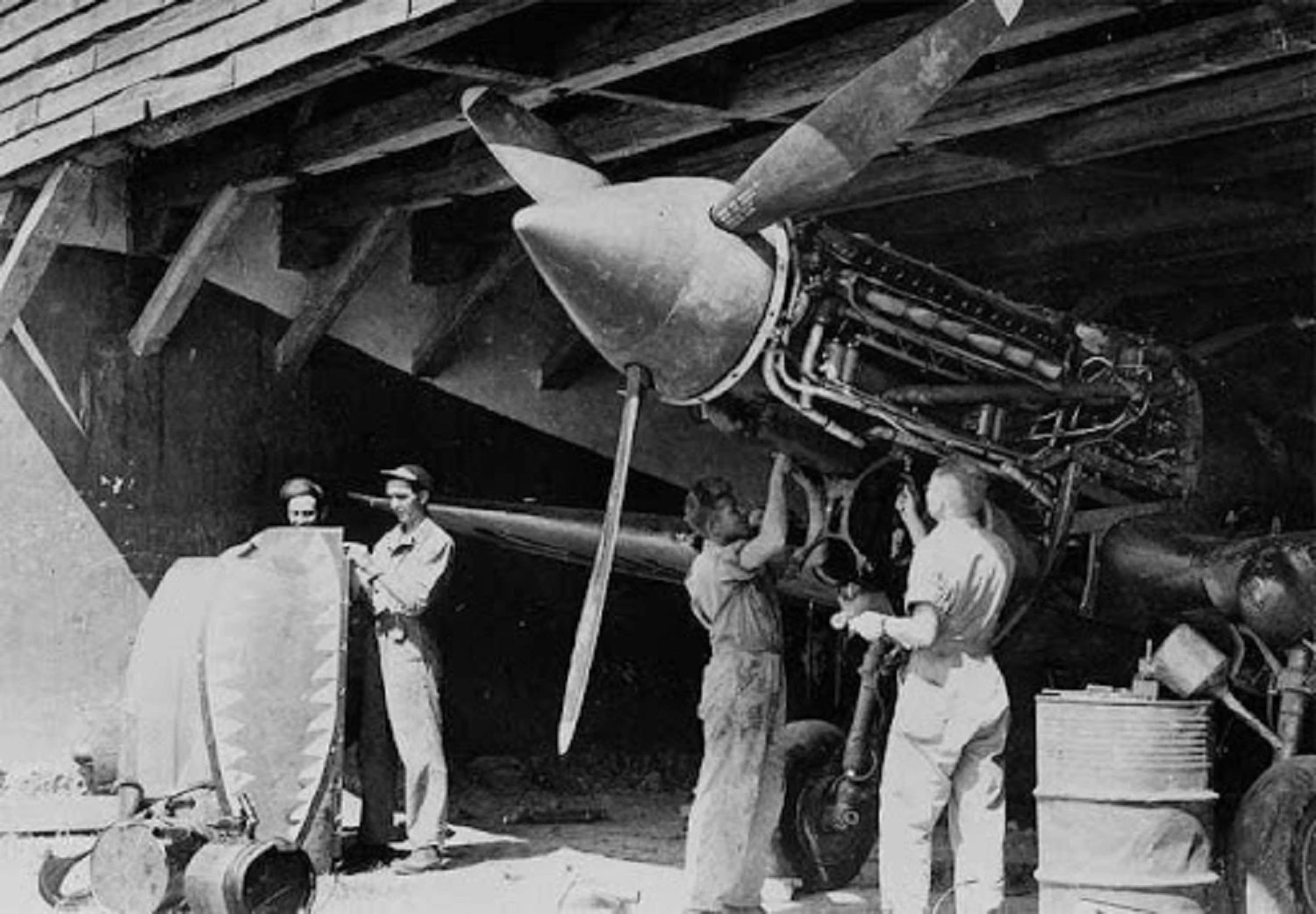A Peek into Products Made of Nickel

Nickel is a versatile material that is utilized in a wide range of products; products made from Nickel include many things from dinnerware and handcuffs. Of course, nickel metal is present in nickel coins. With a bright finish that appeals to producers of ornamental goods like vanity faucets, garden fountains, stainless steel serving trays, trinkets, and Christmas decorations; these are made of nickel electroplating which offers a protective coating that is also aesthetically pleasing. Alloys that contain Nickel, which offer advantages like stronger strength or greater heat resistance than nickel alone, are more frequently employed than pure nickel.
Electronics and chemical processing, particularly for foods and synthetic fibers, require nickel that is chemically pure or mixed with extremely minute amounts of other metals. Pure nickel is used for electrodes, batteries, and cables in electronics because it reliably conducts electricity. Pure nickel is also a heat conductor and resists corrosion, particularly from chemicals and caustic substances, and it is used in heat exchangers where resistance to corrosion is needed.
About as long as people have been making metal objects, they have been doing so with ores and alloys that contain nickel. Nickel is a relatively abundant element that ranks as the 24th most prevalent element in the universe. These ores were highly valued by the ancients because they provided a valuable source of metals with desirable qualities, such as strength and flexibility, and they were used to create everything from coins to knives, axes, and weapons. However, the presence of copper or iron was frequently identified for these metal alloys' attractive properties. In actuality, the "iron" of early metal-using societies actually contain Nickel in a combination comprising between 5 and 26 percent, as discovered by archaeologists from ancient metal artifacts.
Long before nickel was discovered, the ancient Chinese created a substance known as paitung (also known as paktong or tutenag), which was revered for its strong construction and silvery brilliance. Chinese writings claim that paitung dates back to the third century A.D. in products made from Nickel like cash, weapons, and artwork. It is thought that Paitung was mostly made of nickel and copper, with minor amounts of zinc and tin.
Nickel also made its way into alloys in Europe, much to the surprise of the era's blacksmiths and smelters. During the Middle Ages, nickel alloys were employed to create chain and plate armors, and the relative abundance of nickel-containing ores made it an affordable means to give coins and currency a fine sheen.
Through history, stories of these miraculous materials have been passed down. Ancient Damascus and Arabian sword blades were renowned for their exceptional tensile strength and hardness are products made from Nickel. It was believed that holy stones, like the black stone of the Kaaba in Mecca, possessed magical abilities, most likely involving magnetism. These renowned weapons and sacred artifacts are made of meteor-borne iron. This meteoric irons frequently contain nickel in high content. These blades were made of a crude stainless steel alloy that was high-strength and rust-resistant, which was discovered by the ancient weapon makers. Before the science underlying these magical substances was revealed, centuries would pass; it wasn’t until nickel’s discovery in 1750 that this common metal additive was isolated and understood.
Yet even a century after the isolation of the element nickel, engineers and scientists had not fully tapped into its special material qualities. A variety of other transition metals, including copper, zinc, iron, silver, cadmium, and chromium, combine with nickel to form alloys. It is both strong and ductile, resisting fracture under high stress by bending as opposed to cracking. This collection of qualities makes sense. When constructing constructions like bridges, which must endure large loads but yet flex under strain rather than crack, engineers look for this combination of qualities.
Nickel uses grew as a result of Michael Faraday's research into the electrochemistry of different metals, or their propensity to interact with electrical currents. Despite early setbacks, Faraday was able to alloy small amounts of nickel with steel to create materials that were more durable while still being bendable and used as regular steel. J.C., a Swiss metallurgist, continued his work. In 1824, Fischer produced accurate replicas of meteoric iron. By applying an electrical current to draw dissolved nickel salts and nickel ions to the surface of metal electrodes, metallurgists were able to plate nickel onto other metal surfaces by the 1840s. From culinary utensils to plumbing fixtures, these coatings provided wear and rust protection for a variety of objects.
In 1903, Orville and Wilbur Wright flew the first self-propelled biplane of its sort, ushering in a revolution in transportation. The development of powered aircraft was accelerated by World War I, but breaking engineering barriers would not have been conceivable without the creation of novel aeronautical materials for engine and structural components. The creation of the first jet engines during World War II and throughout the 1950s led to new achievements in speed and power. Through the use of quickly spinning turbines to compress air and discharge it through exhaust nozzles, these new engines produced high-pressure gas jets. New metal alloys were once again needed to survive the tremendous heat and strains that the quickly rotating turbines generated. Many of these materials were strengthened with and contain nickel.
Although products made from Nickel is primarily utilized in the steel industry to fortify and increase corrosion resistance to premium steels, it has made its way into a variety of commonplace items. The list of home items that benefits from the uses of Nickel includes faucets, cooking utensils, appliances, nickel-cadmium or Ni-Cad rechargeable batteries, jewelry, and of course coins. Most of us undoubtedly use nickel-based items without ever realizing it, just like the ancients.
Hallmark Mining Corporation is a Nickel manufacturer and mining interest in the Philippines with a commitment to sustainable and responsible mining; for more information visit our website.